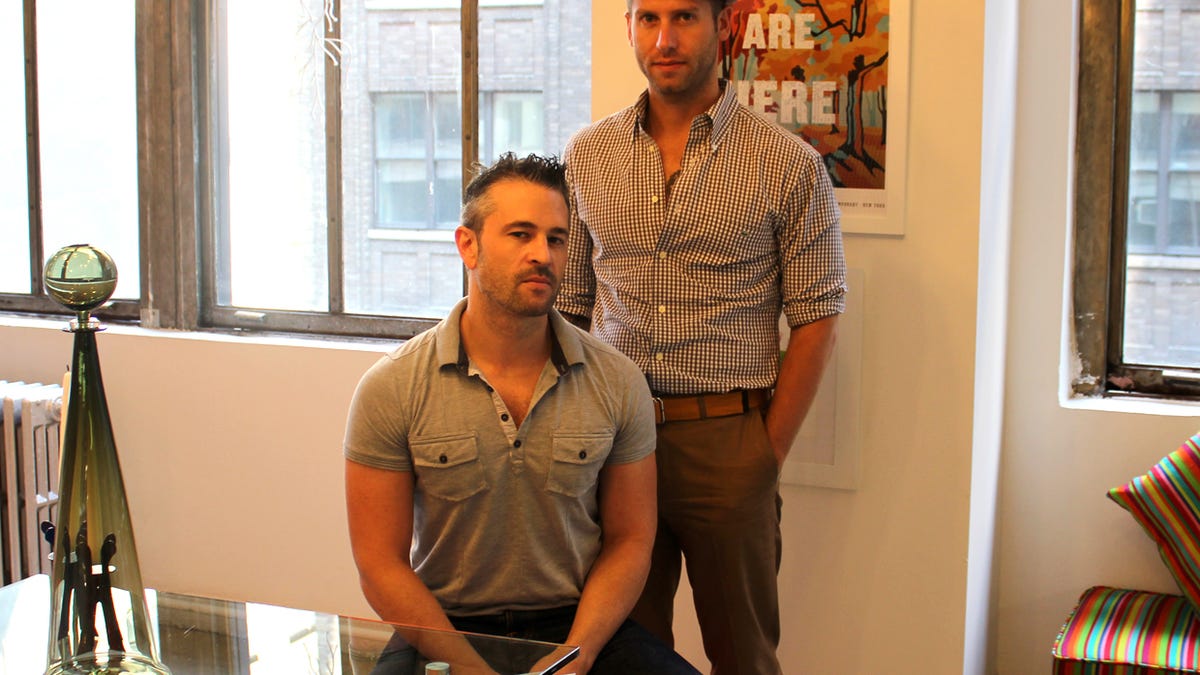That was fast: Fab.com closes in on 2M members
E-commerce site Fab.com claims it's the fastest growing site on the planet. Now can we please have some more details?

Fab.com, a design focused e-commerce site that runs flash sales, is doing an impressive job racking up really big numbers.
The site, in its current iteration, is just eight months old and is already boasting that it's about to hit 2 million members, likely making it the fastest growing e-commerce site on the planet.
That's impressive, for sure, especially given that until Wednesday, Fab.com wasn't open to all; you had to request an invite and Fab would send you an e-mail within a day or two welcoming you to the party.
That in itself was a smart marketing trick, building demand by creating a sense that you were one of the cool kids selected from the line outside the nightclub.
Fab's PR team, meantime, has been busily sending out comparison stats to show off Fab's fab growth. Such as this tidbit: It took rivals Gilt Groupe and One Kings Lane two years or more to log 1 million members.
Fab.com has also attracted A-list investors, including Silicon Valley stalwarts Andreessen Horowitz and Menlo Ventures, as well as celebs-turned-investors Ashton Kutcher and Guy Oseary, who's best known as Madonna's longtime manager. When the company raised $40 million in December it was valued at $200 million, according to a report in The Wall Street Journal that Fab CEO and co-founder Jason Goldberg told me was "not incorrect."
Fab is riding the social and mobile trend in a big way, with half of its traffic coming through social sites as people share the designs they find on Fab. Marc Andreessen argues that that approach in itself sets Fab.com apart from e-commerce pioneers like Amazon.com.
Goldberg, writing on his blog, recently shared some telling details about the mobile habits of its users. Here are some highlights:
• 16 percent of Fab's members have downloaded Fab's mobile apps.
• 30 percent of usage across Fab is from mobile devices.
• 96 percent of Fab's mobile app installs are iOS, vs. 4 percent for Android
• 96 percent of Fab's mobile revenue comes from iOS
Most importantly, people using Fab's mobile apps become purchasers a much higher rate that those visiting via the Web, he wrote.
We're in the midst of a boom in consumer tech, and one consequence is the tendency to toss out big numbers. The press loves them, so startups dish them out to make impressive headlines like the one on this post.
The risk is that people start to believe that big numbers are more important than they sometimes are. Silicon Valley entrepreneur-turned-startup adviser Eric Ries, author of "The Lean Startup," rails against this practice, calling such data points "vanity metrics;" they make people feel good but they might not shed much light on the business.
I asked Goldberg's people to get him on the phone to drill down into the 2 million membership number and was told he wasn't available. Fair enough. The company, after all, has been making acquisitions, is launching this week in Canada and is trying to tackle Europe soon after.
But when you get a second, Jason, give me a shout to share some details. Fastest growing e-commerce site on the planet is one tall claim.

